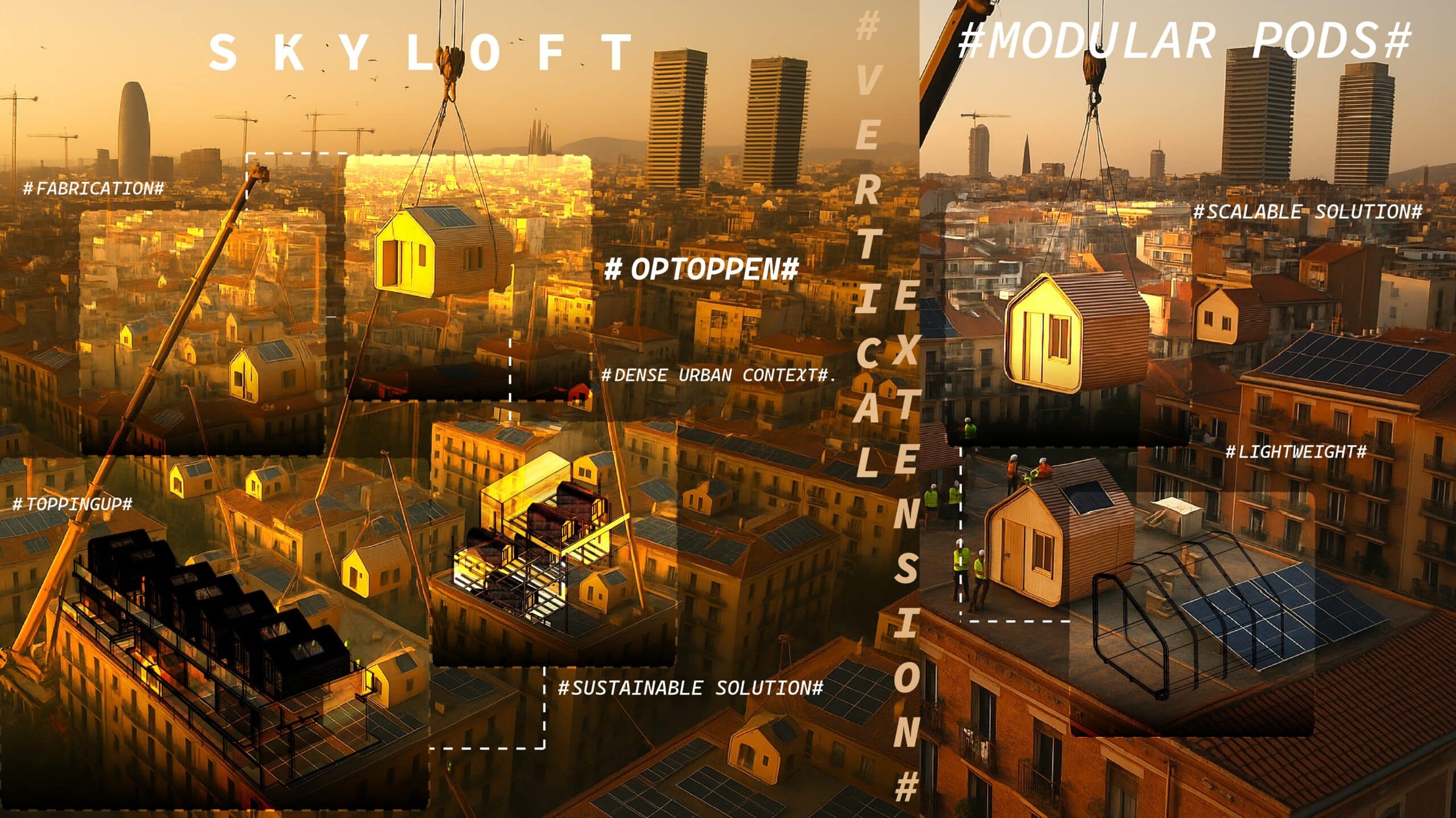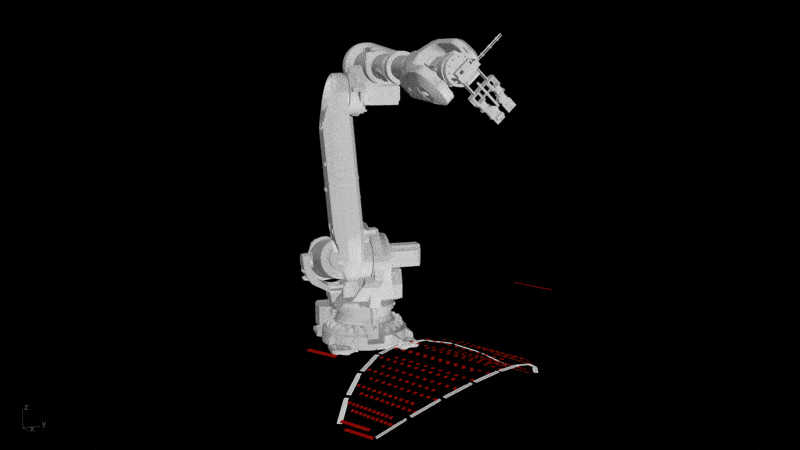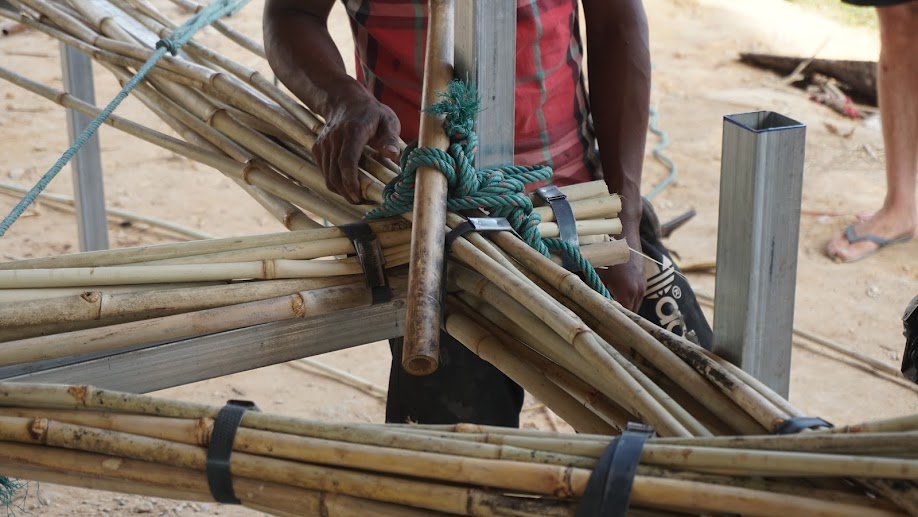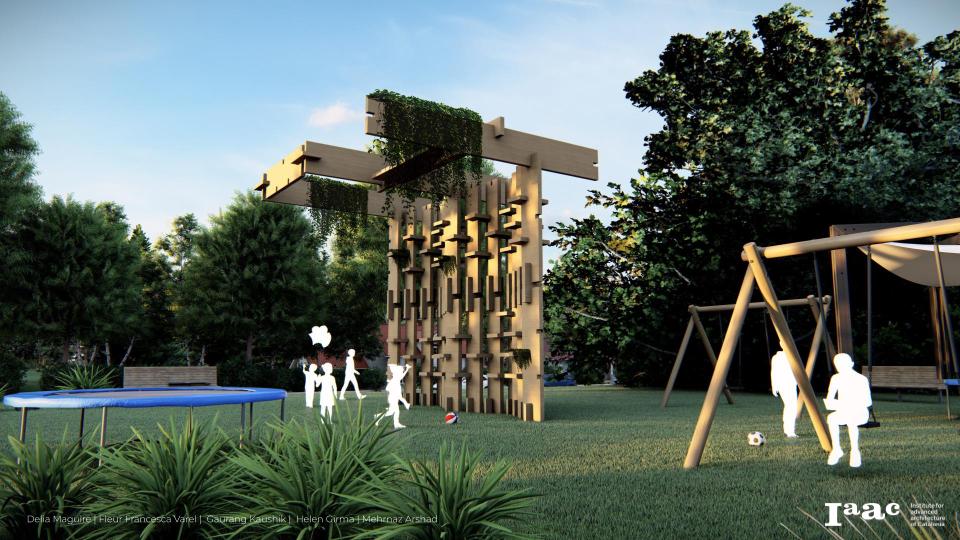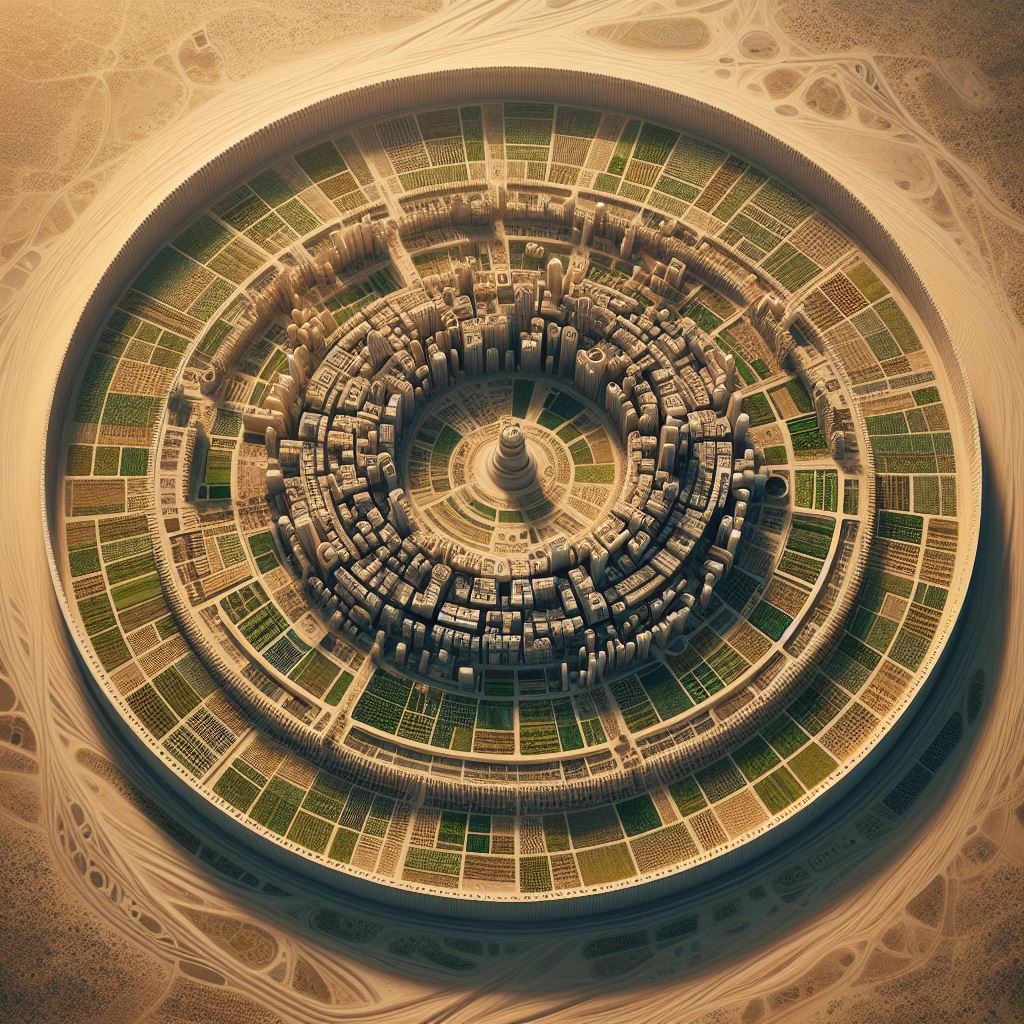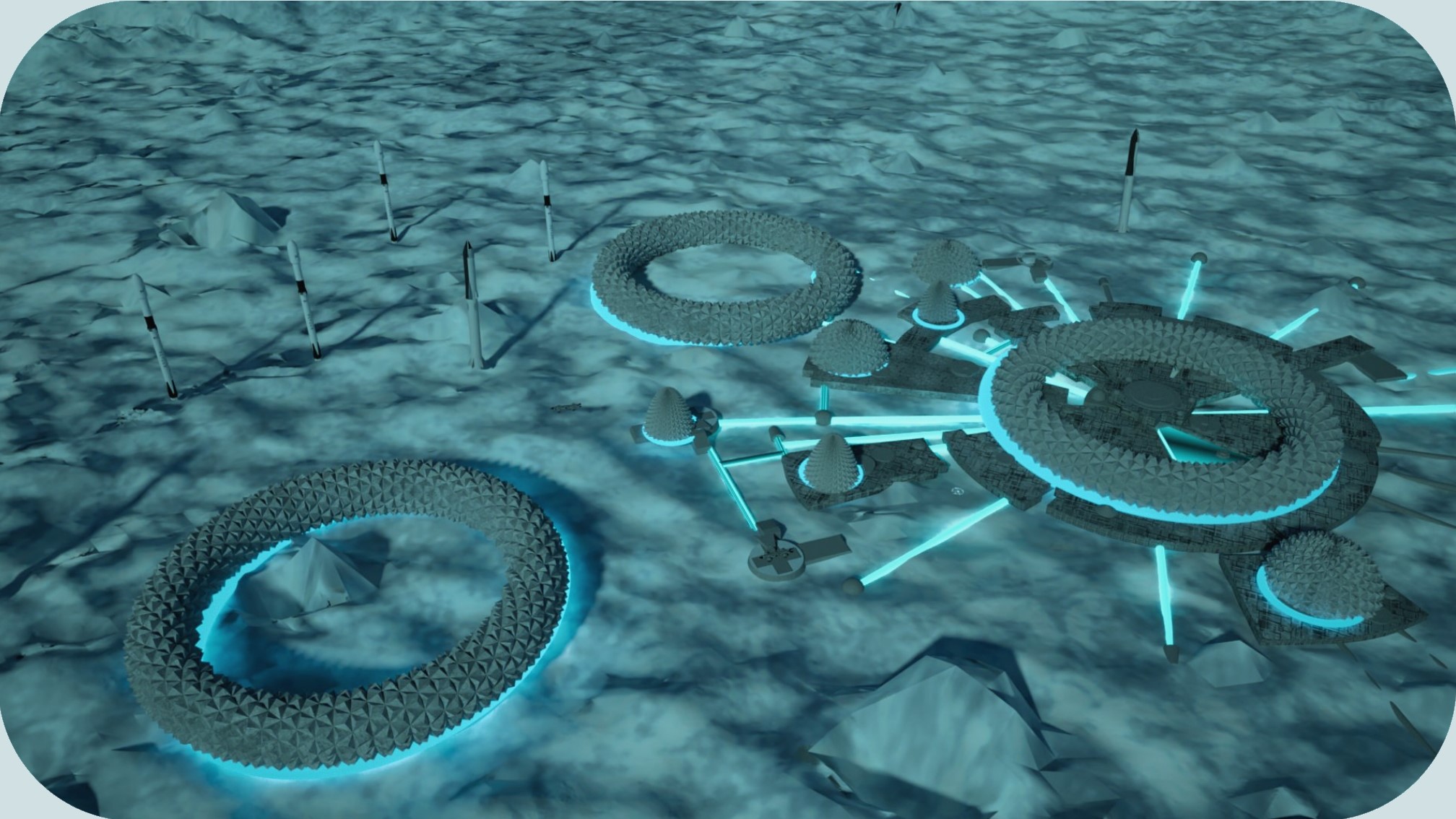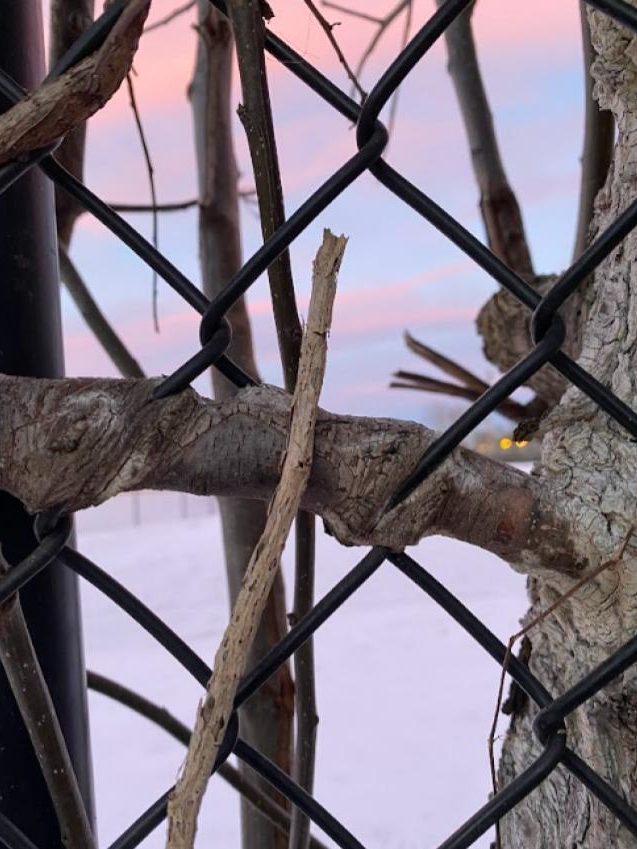During the second year of the Master in Advanced Architecture + Thesis Project (MAA02), students have the unique opportunity to work for a period of 1 year on an Individual Thesis Project, focused on the development of a research or pilot project based on the student’s interest, and the learnings of the first year. IAAC supports the student in selecting their Thesis Project topic in order to better orient them according to their future career interests and opportunities. Each student, according to their specific topic, is assigned one or more Thesis Advisors that follow the development of the work throughout the year.
In parallel to the development of the Individual Thesis Project, the second year of the MAA02 offers a series of seminars enhancing the theoretical, practical and computational skills of the students.
SKYLOFT
MODULAR PODS VERTICAL EXTENSIONS To address urgent urban housing needs, this thesis explores modular rooftop pods using Digital Twins, CNC fabrication, kerfing, and timber joinery—enabling precise, low-waste, minimum tool required for assembling and sustainable expansion of aging urban buildings through scalable and prefabricated Modular systems Why Vertical extension required ? What’s the purpose of the … Read more
Advanced Manufacturing Cluster – T02
Analog End Effector Explorations Mechanical End Effector Explorations Final Robotic Jig Design | Facade Iterations
Directional strength
This research explores the optimization of glulam in architectural design by aligning material grading and grain orientation with force trajectories. Combining glulam offcuts and higher-grade timber, the study minimizes waste while maximizing structural efficiency. Computational workflows and generative algorithms are used to design force-aligned components for scalable applications. Prototypes demonstrate enhanced performance and sustainability, offering … Read more
PHY-GITAL 3D // AIDING IMAGERY TO REALITY
The Thesis explores the possibility of potential research experimentation developed to initiate a workflow incorporating novel tools of Generative AI with Fabrication possibility aiding to actualise the geometry from a visual image to real fabrication ” Presentation Website – https://phygital3d.framer.website/
Reinventing Bamboo Architecture
Bamboo, a sustainable and strong material, remains underutilized in modern architecture. My research explores new methodologies to optimize its structural potential, reinvestigating its bending properties and integrating digital fabrication techniques. Addressing durability and standardization challenges, I advocate for bamboo’s inclusion in European building codes, promoting it as a viable alternative to steel and concrete. By … Read more
Advanced Manufacturing Cluster – T01
Research Question Context Why Natural Fibers? Possible Impact Typologies State of Art Material Research Methodology Design Workflow
Optoppen (City above the city )
AIM The housing crisis in Spain stems from rising prices, stagnant construction, and growing demand, leaving many unable to afford housing, highlighting the need for urgent, sustainable solutions. Spain Time line of the Housing crisis Long Term trend Housing crisis AFFORDABLE HOUSING by 2035 Material comparison Homeless people Data Site documentation Typology – I Joint … Read more
ROTATIONAL COLUMN – CIRCULAR WOOD DESIGN
STATE OF ART Part to Whole HG-A, South Korea – 2014 Building Traditions with Digital Research Rui Oliveira, Jose Pedro Sousa – 2016 Columns are analyzed as primary element of Ferreira’s designs. Columns, traditionally crafted through meticulous layering of bricks, are viewed both as structural and visual elements in his designs. RESEARCH QUESTION; “In what … Read more
Irregular Modularity
How can we use irregular elements of reclaimed offcut-timber to challenge the methodology of using planar, Interlocking and stacking techniques which can then be utilized in the design of forms ? Data CollectionThis first starts with a collection of materials and the creation of a database. This database serves as a resource for the planning … Read more
Oasis
Integrating Radiation Shielding for a Safe and Sustainable Urban Environment Radiation is a threat in many industries, from space exploration to medical imaging. Effective design must take into account the unique challenges presented by radiation. MASTER IN ADVANCED COMPUTATION FOR ARCHITECTURE & DESIGN 2023/2024 Faculty: ARETI MARKOPOULOU & NIKOL KIROVA STUDENT : Darkhan Kadirov
JigHouse
What is “the proper degree of control” to be applied to a living tree to produce a desired geometry? Can this be standardized and made into a replicable workflow? Which current standard architectural elements can be replaced by this system? What are the implications for the current timber construction industry?


